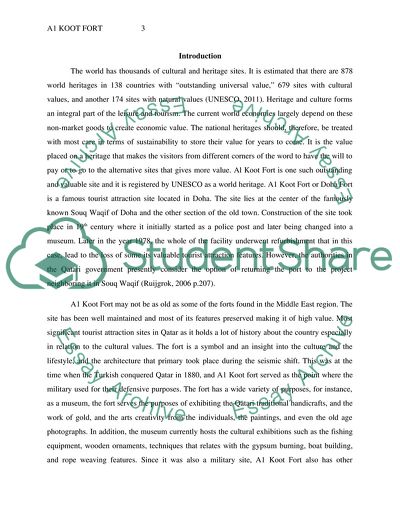Cite this document
(The Historical and Cultural Value of Al Koot Fort Research Paper, n.d.)
The Historical and Cultural Value of Al Koot Fort Research Paper. https://studentshare.org/tourism/1869888-al-koot-fort
The Historical and Cultural Value of Al Koot Fort Research Paper. https://studentshare.org/tourism/1869888-al-koot-fort
(The Historical and Cultural Value of Al Koot Fort Research Paper)
The Historical and Cultural Value of Al Koot Fort Research Paper. https://studentshare.org/tourism/1869888-al-koot-fort.
The Historical and Cultural Value of Al Koot Fort Research Paper. https://studentshare.org/tourism/1869888-al-koot-fort.
“The Historical and Cultural Value of Al Koot Fort Research Paper”. https://studentshare.org/tourism/1869888-al-koot-fort.


